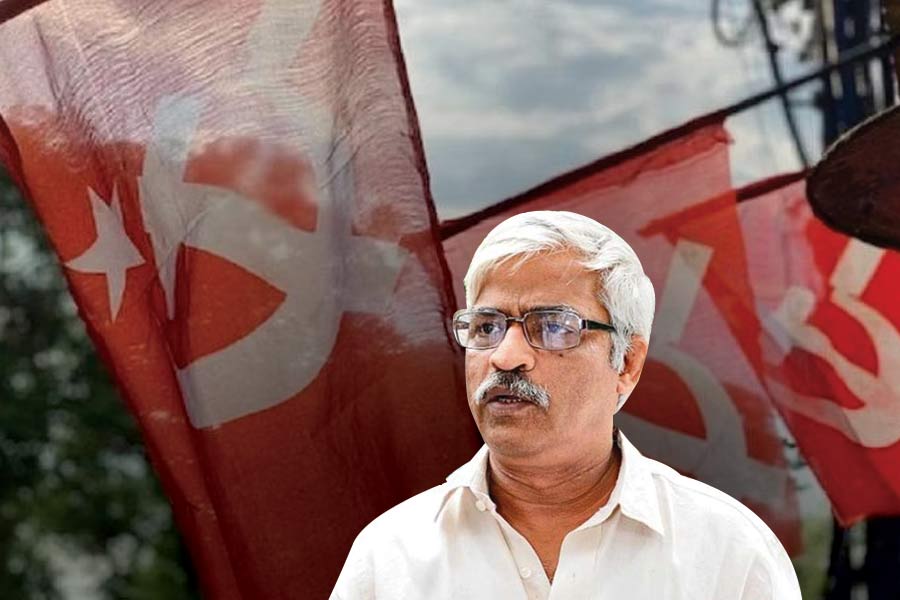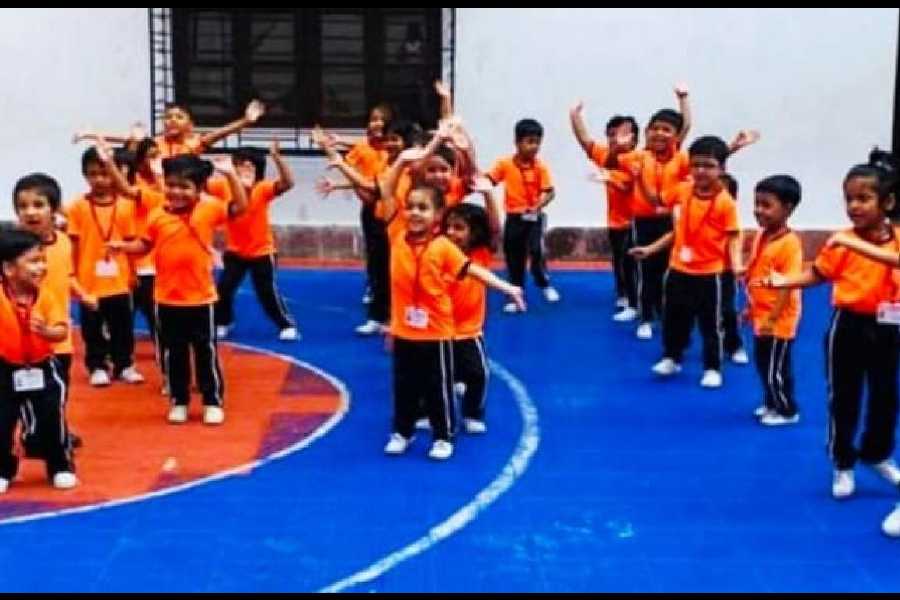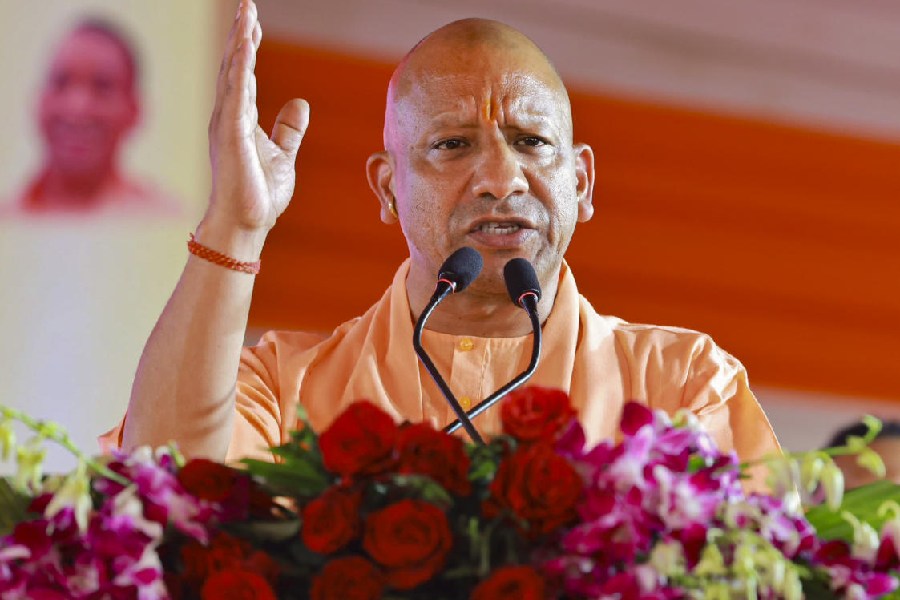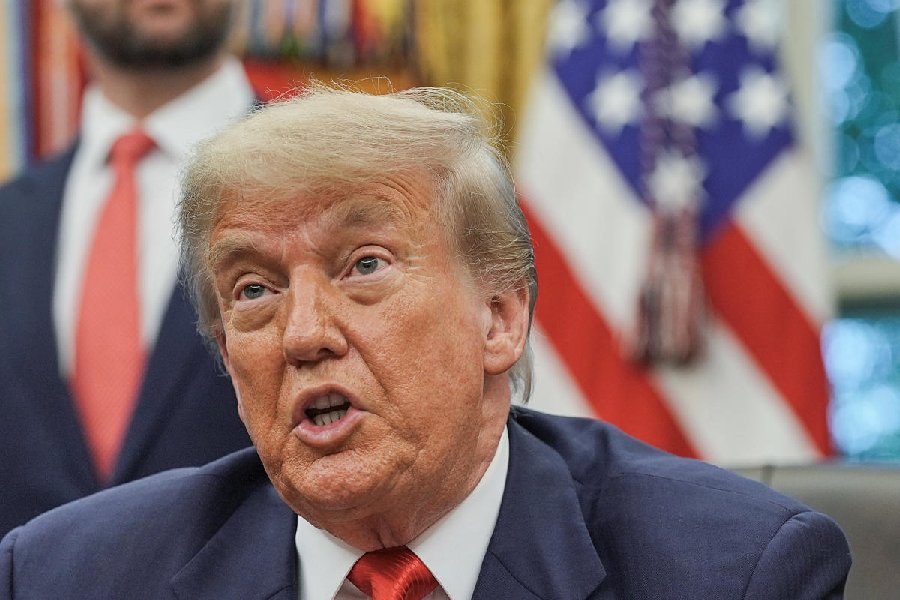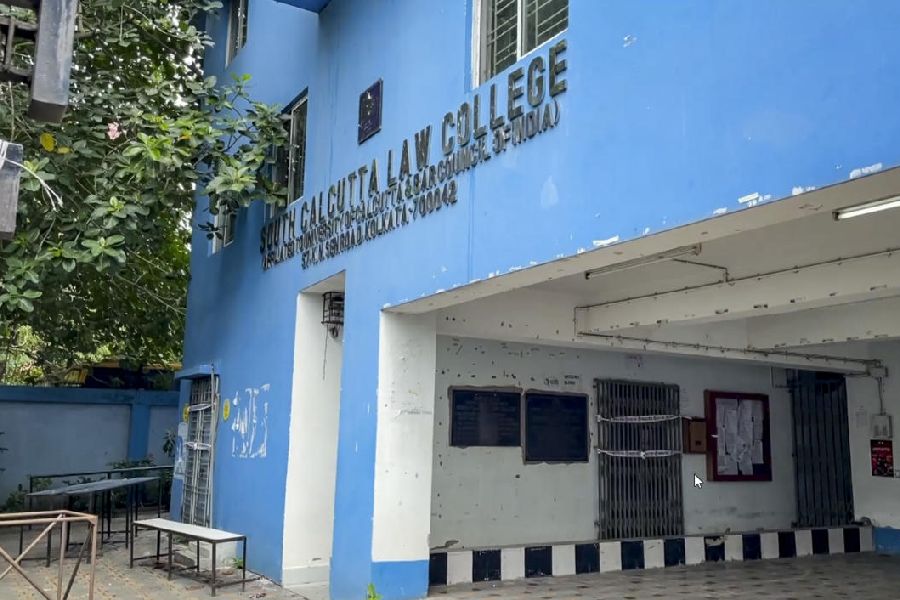 |
| Picture by Rashbehari Das; Location Courtesy: Dalhousie Institute |
It’s taken Arindam Nandy years to turn his celluloid dreams into reality. By day he was the rushed and on-the-move chief creative officer at advertising firm Response. By night he was hatching big dreams of his own, putting together a script and figuring out ways to make his first movie.
His first film Via Darjeeling has hit the theatres to mixed reviews but that hasn’t discouraged Nandy in the slightest. He is currently working on the scripts of two more films and plans to start shooting this winter.
But he isn’t quitting his day job or taking a break from advertising. Via Darjeeling was shot from start to finish during a short break from office. “The transition between advertising and filmmaking is very seamless. And when I think of ads I don’t think of films,” he says.
Nandy is optimistic about people liking his effort despite the reviews. “I have seen people watch the film in New York, Rotterdam and Cannes. I knew the reactions that would happen,” he says. “But the Indian audience is different. Since they are paying for the ticket, the expectations are different,” he adds.
The director’s tryst with filmmaking came early in life. He made his first film in 1988 — a documentary on Narendra and Radharani Deb for Doordarshan — soon after his masters degree from Jadavpur University. “It was an interesting first experience,” he says.
 |
| A still from Via Darjeeling |
He was instantly hooked and was determined to make movies. But he was smart enough to figure out that he couldn’t do it overnight. “Just the passion won’t do,” he says firmly.
But Nandy was always confident about his abilities and convinced co-producer Joy Ganguly of Moxie Entertainments to back his debut venture. “The concept that he came with was different and intriguing,” says Ganguly. The story of Via Darjeeling was initially in Bengali but it was made in Hindi since Ganguly felt it would be “more viable”.
As a youngster, Nandy toyed with plans to emigrate but decided to make films in India instead. But it was easier said than done. “Nobody was sitting with pots of money,” he says. He finally decided to get into advertising.
In fact, he still loves advertising and the skills learnt over the years have come in handy for Via Darjeeling, for which he even made the posters, hoardings and the invitation cards for the premiere shows.
By day he was making ad films for the likes of Mother Dairy and Big Ones, but he hadn’t for a moment dropped plans to make a movie of his own. Finally, it was a story written by filmmaker friend Ranjan Das that caught his attention and intrigued him.
Via Darjeeling played to a packed house at the OSIAN’S CINEFAN 2007 in Delhi. And in New York and New Jersey the movie’s showing attracted celebs like Salman Rushdie, Shashi Tharoor, Mira Nair, Konkona Sen Sharma, Kiran Desai, and Amitabh Ghosh. “The audience didn’t comprise just of NRIs. There were a lot of Americans as well. It was heartening to see that they understood the nuances of the film and reacted at the correct places,” reminisces the director.
The film was also screened at Cinemart 2008, the Rotterdam Film Festival and at the Cannes film festival. It will be going on the festival circuit once again says Nandy. The producer Moxie Entertainments and National Film Development Corporation (NFDC) plan to take it to festivals in Toronto, Florence and Colorado. But the director admits that festivals and laurels are not as important as audience reactions.
Shot in Darjeeling, Lolegaon and the studios of Calcutta in just 21 days, Via Darjeeling is about a couple who go to Darjeeling for their honeymoon. However, the husband vanishes on the last day of their holiday. Some years later, the incident is revisited in the Calcutta apartment of journalist Ronodeep Sen (played by Rajat Kapoor) with friends who each have their different interpretations about the unsolved case. Does that remind you of Rashomon?
 |
| The poster of Via Darjeeling that was designed by the director |
Nandy says he has tried ‘experimenting’ in his debut venture. The idea has been with him since he was a child when he heard the epics, which were basically tales that changed shape and form with every generation. This fascinated Nandy, who says that he has tried to recreate this factor in Via Darjeeling.
How difficult was getting a producer to fund his dreams? Nandy stresses that it wasn’t very hard. “But though people liked the script, they were jittery about investing in a first-time director,” he says. Nevertheless, he was certain about his script, having already narrated it to the likes of director Rituparno Ghosh, who had loved it.
Why did it take so long to get the movie to the screens? “Getting the script right took time, and also getting shoot dates,” says Nandy. And yes, the great Bengal nuisance, bandhs, added to his woes. “I couldn’t shoot in the Kalimpong forests since my equipment got held up because of the bandh,” he rues.
How’s Via Darjeeling different from other Hindi movies shot in Calcutta? “It’s a Bombay-meets-Calcutta kind of a thing. The ensemble cast, with eight powerful actors, is a big draw,” feels Nandy.
Nandy’s leading lady, Sonali Kulkarni, praises the first-time director. “He was very confident and was convinced about the movie. He hardly looked like a first-timer,” she says.
Though it isn’t clear yet how Via Darjeeling will fare at the box office, Nandy is working on two more projects that are both based on human relationships with a touch of mystery.
Is this just the beginning for Nandy? No matter how Via Darjeeling fares at the box office, it’s a safe bet that you shouldn’t take your eyes off Nandy and the big screen.


